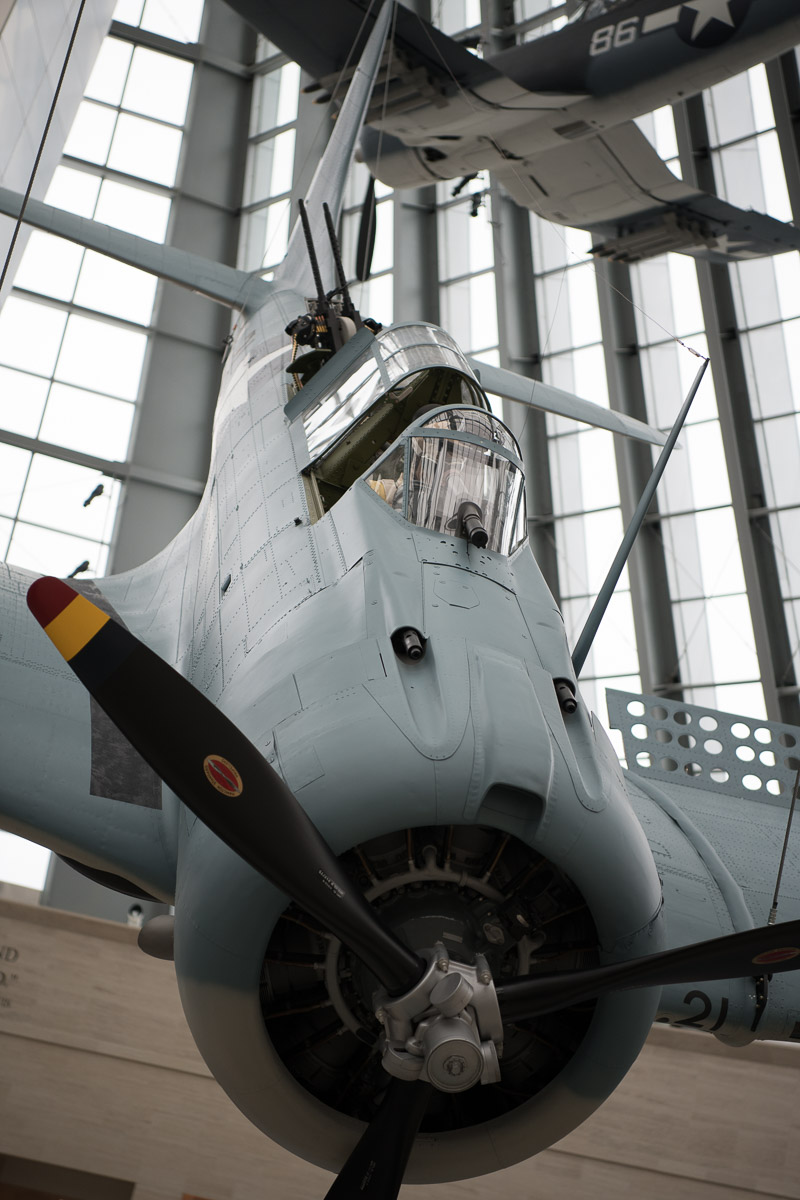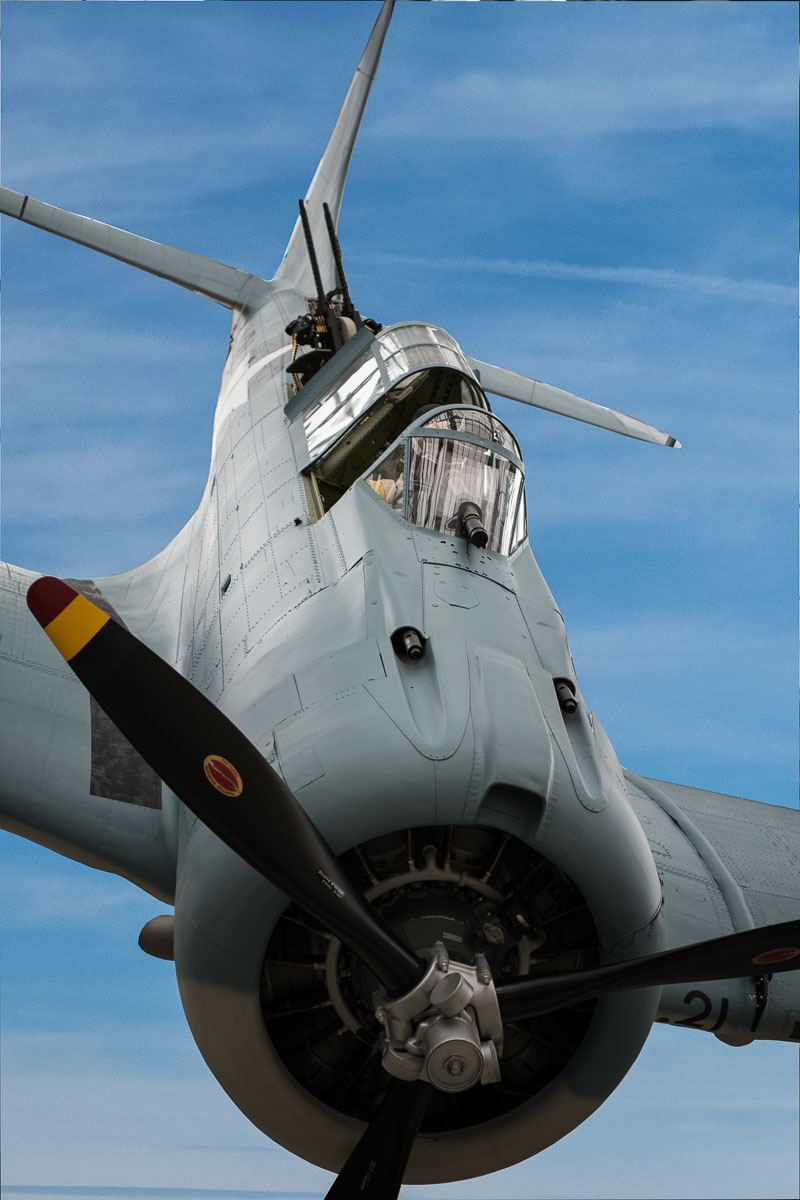When you think about spending a day at the zoo, you think about someplace to take your kids or grandkids and making a memorable day of it. Packing your point & shoot camera or cell phone is what you are programmed to do. Pack your full frame Nikon with that 600mm zoom lens? No way! No really good wildlife shots will be had at the zoo. There are just too many people, background not authentic, can’t shoot through glass, can’t shoot through wire, right? Well, maybe not.
I recently visited the Richmond, Virginia zoo to see what I could get. Hey, it’s a lot less expensive than that African safari that practically all wildlife photographers dream about. That day, my wife had business in Richmond. I didn’t expect her back until late that evening, so I decided this would be the best day to go. It would be like the photographer’s version of “Ferris Buhler’s Day Off”. I packed up my gear, including that 150 – 600mm Tamron, and within an hour of her departure, I was on my way, too.
The zoo in Richmond is cozy, not too large but not too small. There is a small picnic area and a snack bar where you can get a hot dog, or a chicken sandwich, and fries. The mistake I made was not getting here early enough. I arrived at 12:30 PM. There were bunches of school busses all over the parking lot, and you know what that means. There were a lot of kids running all over the place, having the time of their lives. I would have to be patient, even more patient than just waiting for the animals to wake up from their naps and maybe wander into a photo worthy position.
What was I after - lions, tigers, bears, and primates? But what can you get shooting through scratched glass that has Joey’s ice cream sundae smeared all over? Actually, quite a lot. My favorite is the shot of the Tiger.
So, What’s on Your Mind?
Look for areas of the glass that aren’t scratched, or at least, less scratched. Wipe that area clean with a rag. Make sure Joey has gone and get the lens hood close or touching the glass. Focus on the eyes and take a lot of shots. When you get home, you can cull through your images. Throw out the badly focused and badly composed images. It will soon be apparent which one image is better than all the others.
Scratches and smudges are not the only challenges when shooting through glass. You can expect a color cast and some degradation in sharpness. So, expect to do some post processing in Lightroom or similar application to get all that you can from your photograph.
Some of the animals like the orangutan don’t require hard physical barriers like the tigers and lions do. They are separated by distance, terrain, and water. So, while you don’t have to worry about glass or wire barriers, you will need a pretty long lens. In the zoo environment you need to pay close attention to the background. Nothing detracts so much from the authenticity of a wildlife image like a “No Parking” sign behind your otherwise perfectly composed wildlife subject.
Contemplation
Shoot with wide open aperture to reduce visibility of the background. Carefully focus on the animal’s eyes and take a lot of shots. The image of this orangutan was made at 600mm f6.3. Even at 600mm, I cropped this image substantially and could have used more focal length.
Tips for successful Zoo photography:
· Don’t push it. Enjoy and take your time.
· The first two hours after opening and the last two hours before closing are best.
· Don’t expect to get great shots of all the animals. It’s better to come home with a few splendid images than uninspired snapshots of all the animals. Be patient, pick your moments, and take a lot of shots.
· The background will significantly influence the quality of your image.
· Get close to glass and screen barriers and shoot at wide apertures.
· Focus on the eyes and take multiple shots.







